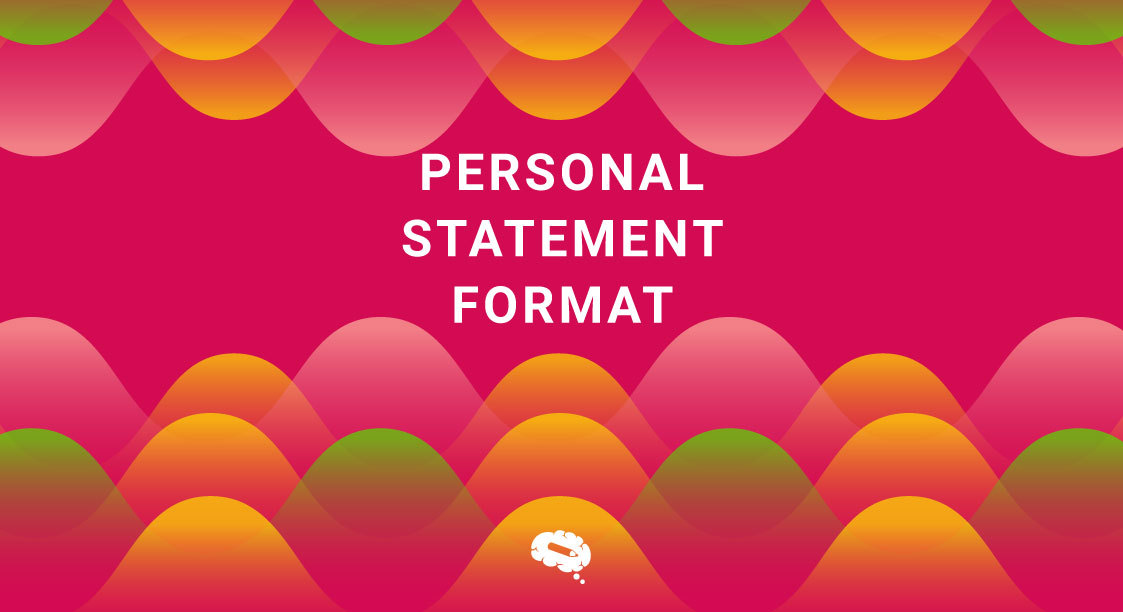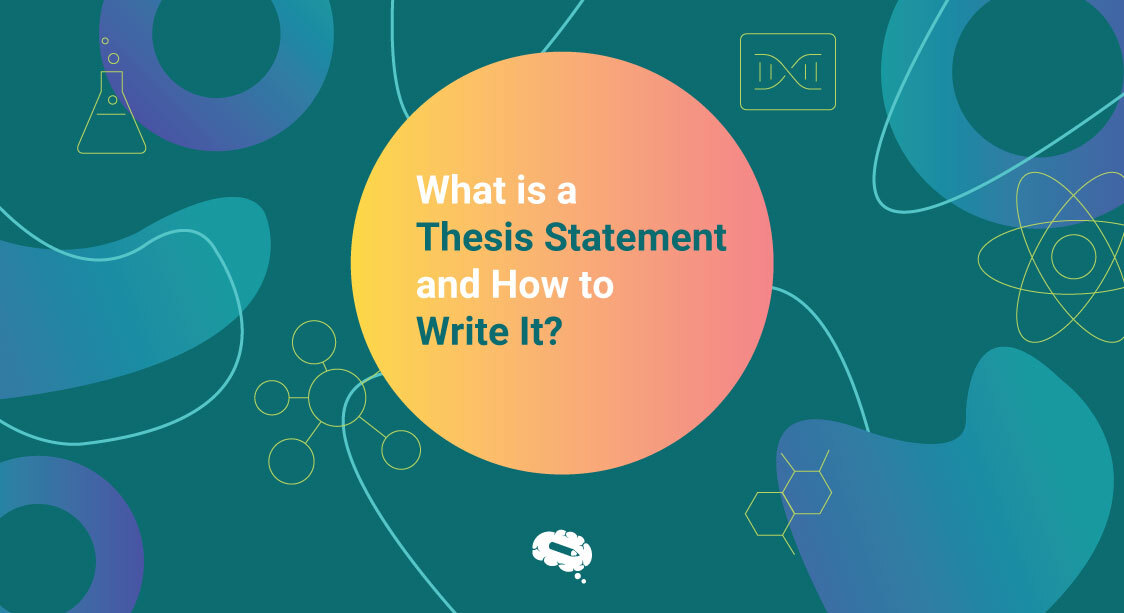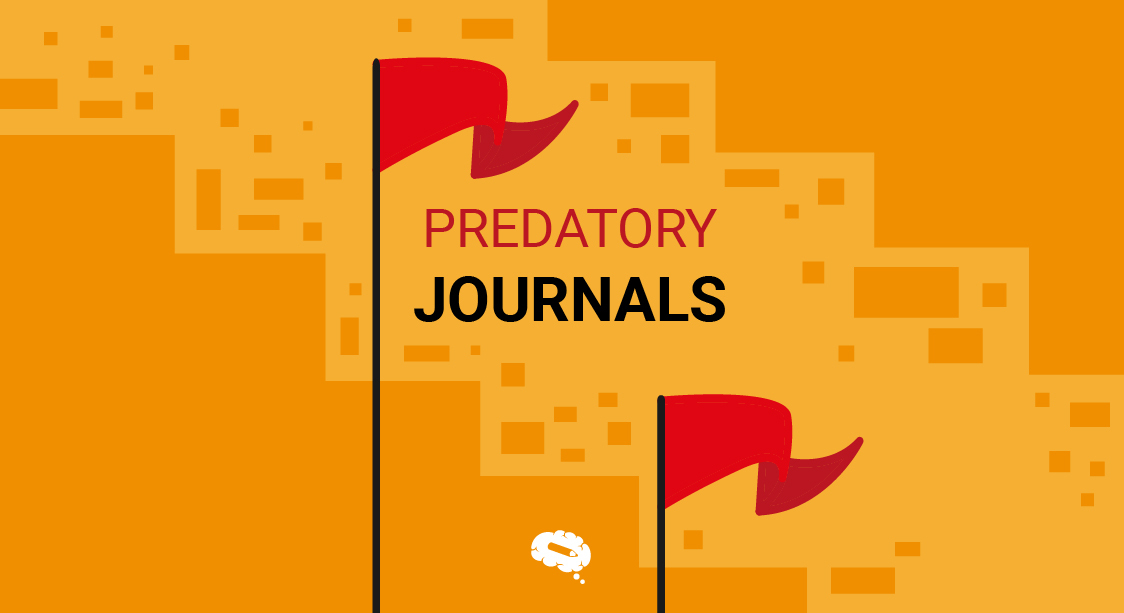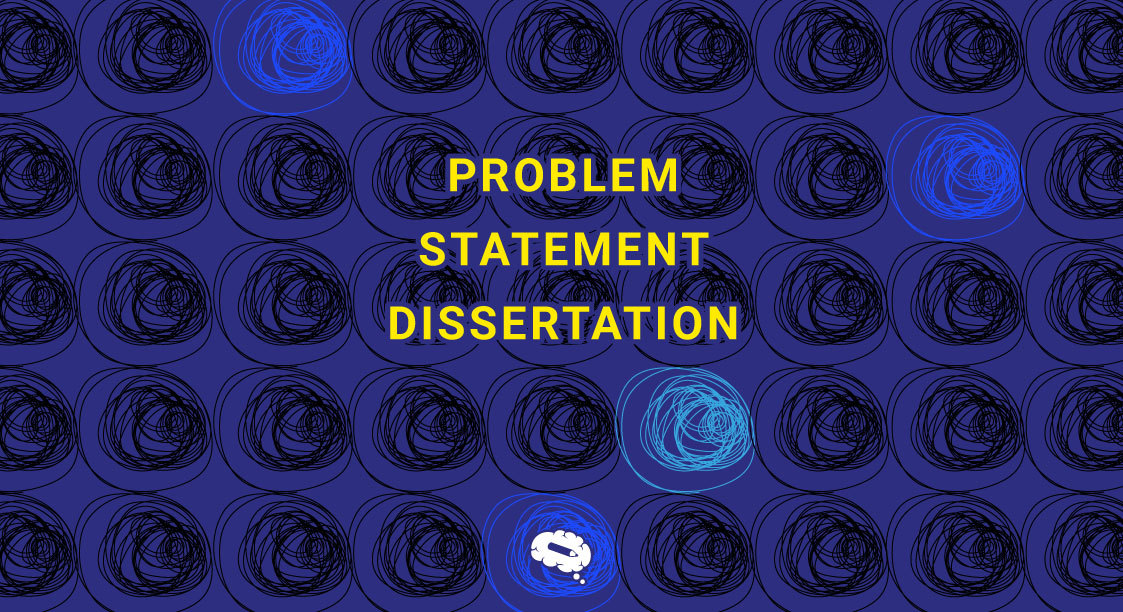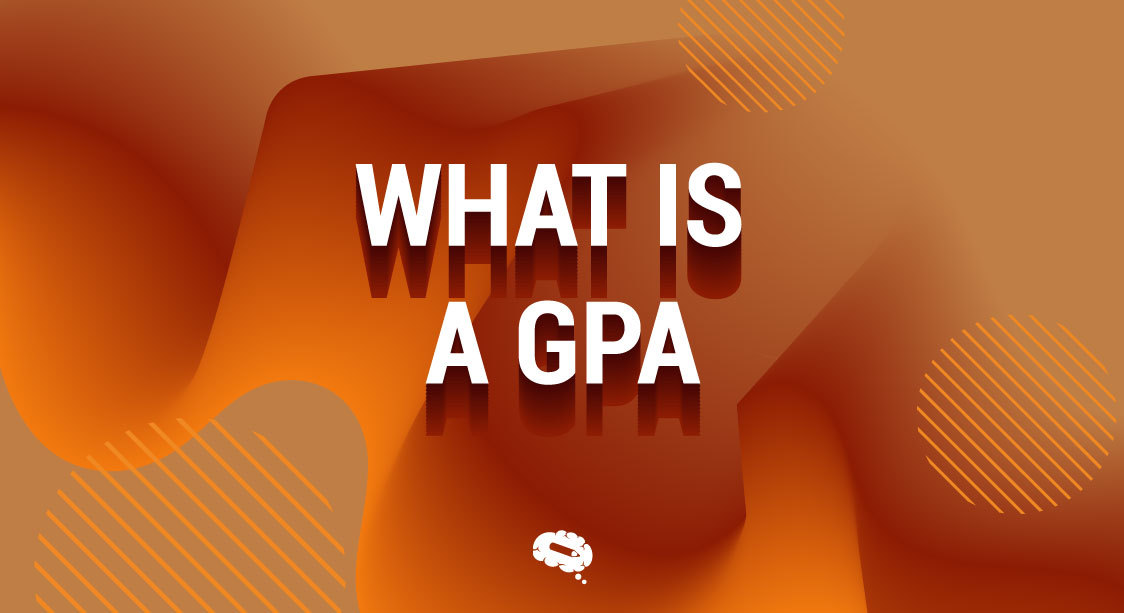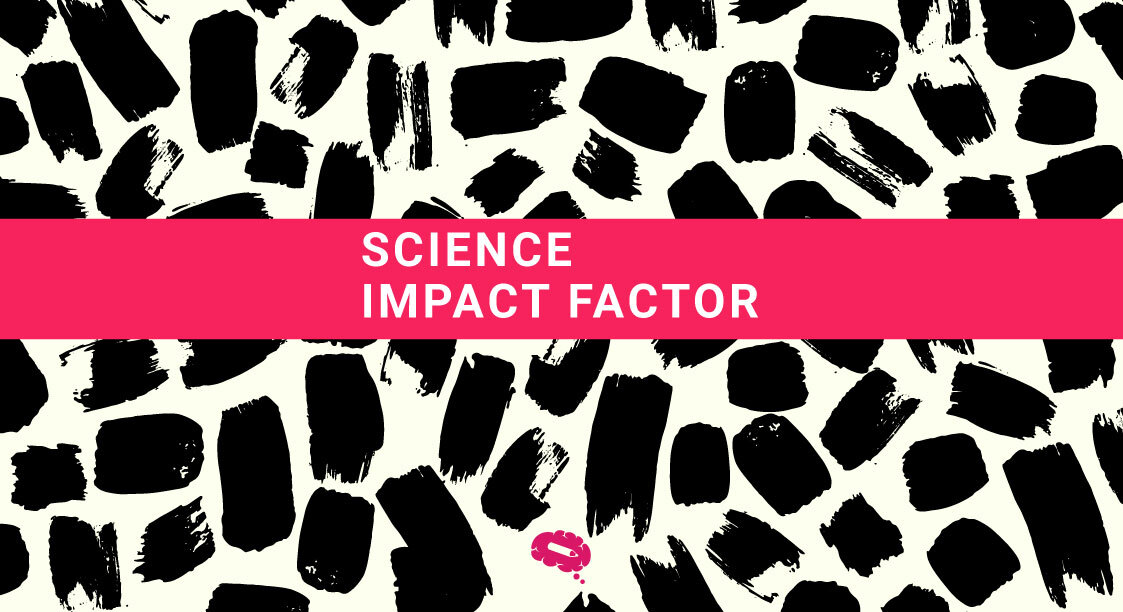When it comes to college and university admissions, the personal statement assumes a paramount role in setting applicants apart from their peers. A meticulously constructed personal statement becomes an instrument of utmost significance, empowering individuals to exhibit their distinctive qualities, experiences, and aspirations to discerning admissions committees.
Recognizing the significant influence of a well-crafted personal statement on an individual’s academic journey, this article aims to provide aspiring students with a comprehensive guide to excel in the art of creating impactful personal statements.
By exploring the definition and purpose of personal statements and offering invaluable writing tips and strategies, this guide assists users in mastering the format of a compelling personal statement.
Definition Of Personal Statement
A personal statement is a written document typically required as part of the application process for educational institutions, scholarships, job opportunities, or other significant life events. It serves as a unique and personalized representation of an individual’s background, experiences, achievements, and aspirations.
The personal statement offers applicants a chance to showcase their personality, passions, and motivations, allowing them to stand out and make a compelling case for their suitability for the position or opportunity they are seeking.
Purpose Of A Personal Statement
The primary purpose of a personal statement is to provide the admissions committee, employer, or selection panel with deeper insights into the applicant’s character, values, and potential. Beyond the information provided in other application materials, such as grades or resumes, a personal statement delves into the applicant’s story, offering a glimpse into their life journey and how it has shaped their ambitions and goals.
By presenting a well-crafted personal statement, applicants aim to:
- Demonstrate their suitability: Applicants can use the personal statement to highlight how their skills, experiences, and passions align with the requirements of the institution or position they are applying for.
- Convey their uniqueness: A personal statement enables applicants to showcase what sets them apart from other candidates and demonstrate their individuality, perspectives, and strengths.
- Exhibit strong communication skills: Crafting an engaging and articulate personal statement reflects an applicant’s ability to express ideas clearly and persuasively, a crucial skill in many fields.
- Show commitment and motivation: By explaining their motivations and aspirations, applicants can convey their dedication and determination to succeed in the chosen field of study or profession.
Admissions Process Overview
The admissions process varies depending on the institution or opportunity being pursued. However, the general steps involved in the admissions process include:
- Research and exploration: Prospective applicants research various educational institutions, job opportunities, or scholarships to identify the ones that align with their interests and goals.
- Application submission: Applicants complete the required application forms and submit supporting documents, which may include academic transcripts, letters of recommendation, resumes, and the personal statement.
- Review by admissions committee or employer: The admissions committee or employer evaluates all received applications, assessing candidates based on their academic achievements, experiences, qualifications, and the content of their personal statements.
- Selection and decision-making: After careful evaluation, the institution or employer makes decisions regarding acceptance, job offers, or scholarship awards.
Components Of A Successful Personal Statement
A successful personal statement should incorporate the following components:
- Introduction: A compelling opening that grabs the reader’s attention and provides a glimpse of the applicant’s personality and background.
- Personal narrative: A well-structured and engaging account of the applicant’s life experiences, including challenges faced, significant achievements, and pivotal moments.
- Clear goals and aspirations: A demonstration of the applicant’s future plans, showing how the opportunity they seek aligns with their long-term objectives.
- Relevance to the opportunity: A clear connection between the applicant’s experiences, skills, and motivations with the specific program, job, or scholarship they are applying for.
- Demonstration of qualities and strengths: Showcase of key attributes, such as leadership, adaptability, problem-solving abilities, and teamwork skills, supported by relevant examples.
- Reflection and growth: Demonstrating how past experiences have shaped the applicant’s personal and professional development and how they have learned from challenges.
- Conciseness and clarity: Effective communication with a focus on coherence, relevance, and avoiding unnecessary details or jargon.
- Positive tone: A positive and optimistic outlook that leaves a lasting impression on the reader.
- Proofreading and editing: Thoroughly reviewed and edited to ensure impeccable grammar, spelling, and overall presentation.
Personal Statement Format: The Basics
The personal statement is a critical component of various applications, providing applicants with a platform to present their unique qualities, experiences, and aspirations.
In this section, let’s explore the fundamental format of a personal statement, comprising the introduction paragraph, body paragraphs, and conclusion paragraph. Understanding these elements will empower applicants to effectively communicate their story and convince the reader of their suitability for the desired opportunity.
Introduction Paragraph
The introduction paragraph marks the beginning of the personal statement and serves as a gateway to the applicant’s narrative. Here, applicants aim to capture the reader’s attention, provide essential background information about themselves, and present the overarching theme or purpose of their personal statement. The introduction sets the tone for the entire document and offers the opportunity to make a memorable first impression.
Body Paragraphs
The body paragraphs constitute the heart of the personal statement, where applicants delve into their experiences, accomplishments, and motivations in greater detail. Each body paragraph should revolve around a distinct topic or aspect of the applicant’s life that aligns with the central theme established in the introduction. Here, applicants can showcase their personal growth, relevant skills, and how specific experiences have shaped their aspirations. By providing compelling evidence and anecdotes, the body paragraphs reinforce the applicant’s suitability for the opportunity they are pursuing.
Conclusion Paragraph
In the conclusion paragraph, applicants bring their personal statement to a thoughtful close. This section restates the main points highlighted in the body paragraphs, emphasizing the alignment between the applicant’s journey and the sought-after opportunity. The conclusion may also include reflective insights, demonstrating self-awareness and an understanding of the potential impact they could make in the future. A well-crafted conclusion leaves a lasting impression, leaving the reader with a sense of the applicant’s character and potential.
Formatting The Personal Statement Essay
When crafting a well-structured personal statement, the writer must not overlook the importance of proper formatting. The arrangement of text, choice of font, and adherence to specific guidelines can significantly influence the essay’s overall impact and readability. Here are the key components of formatting that contribute to the transformation of essays into polished and impactful pieces of writing.
Font And Size
The recommended font for academic essays is typically Times New Roman, Arial, or Calibri. The standard font size is 12 points. This size ensures that the text is clear and readable without being too large or too small. Avoid using fancy or decorative fonts as they can distract from the content and may not be as legible.
Margins And Spacing
The standard margins for an essay are usually set at 1 inch on all sides (top, bottom, left, and right). This margin size provides a neat and balanced appearance to the document. Some institutions or formatting guidelines may require specific margin sizes, so it’s essential to check the requirements provided by the institution or instructor.
For spacing, the most common format is double-spacing throughout the entire essay. Double-spacing makes the text easier to read and allows space for comments or corrections if the essay needs to be reviewed or graded. However, some guidelines may require single-spacing for specific elements like block quotes or reference lists. Always follow the specific instructions, if available.
Page Limit
Essays often have a specific page limit or word count that students must adhere to. The page limit indicates the maximum number of pages that the essay can occupy. If there is no specified page limit, the general guideline is to aim for around 1.5 to 2 pages for a standard personal statement essay.
If a page limit is provided, it’s essential to stay within that limit. Going significantly over the page limit may result in a bad impression, in some cases, the essay being rejected outright. On the other hand, if the essay is shorter than the specified page limit, students should use the extra space to expand on their ideas or provide more supporting evidence.
Writing Tips And Strategies for Personal Statement Format
Crafting a compelling personal statement is a crucial step in various application processes, whether it’s for college admissions, scholarships, or job opportunities. This document offers applicants a chance to stand out from the crowd and present their unique qualities, experiences, and aspirations. To create an impactful personal statement, consider the following writing tips and strategies:
Show Don’t Tell Strategy
One of the most effective ways to engage the reader and make your personal statement memorable is by employing the “Show Don’t Tell” strategy. Rather than simply stating facts or qualities about yourself, use vivid and specific examples to illustrate your strengths, experiences, and character traits. Instead of saying, “I am a determined and resilient individual,” provide a story that demonstrates your determination and resilience in overcoming a challenging situation. By showing your qualities through compelling narratives, you allow the reader to connect with your experiences on a deeper level.
Start With An Outline Or Brainstorming Session
Before diving into writing, take the time to create an outline or engage in a brainstorming session. Jot down key points, experiences, and ideas that you want to include in your personal statement. Organize them logically to form a coherent structure. Having a clear outline or list of ideas will help you maintain focus and prevent your personal statement from becoming disjointed. It will also ensure that you cover all essential aspects of your life and aspirations, creating a comprehensive and well-rounded essay.
Reflect On Your Experiences
Take time to reflect on your life experiences, both personal and academic. Identify significant events, challenges, achievements, and moments that have shaped your character and influenced your goals.
Showcase Your Authenticity
Be genuine and authentic in your writing. Avoid using clichés or trying to present yourself as someone you’re not. Admissions committees and employers appreciate honesty and real-life experiences.
Structure Your Statement
Organize your personal statement with a clear introduction, body paragraphs, and a strong conclusion. The introduction should engage the reader, while the body paragraphs should provide evidence and examples to support your central theme. The conclusion should leave a lasting impression and reiterate your main points.
Provide Concrete Examples
Support your claims and assertions with specific examples, anecdotes, or achievements. Concrete evidence strengthens your statement and helps the reader connect with your experiences.
Address Weaknesses, But Stay Positive
If you have any weaknesses in your application, such as low grades or employment gaps, you can address them in your personal statement. However, always maintain a positive tone and focus on how you have learned from those experiences and improved.
Online Infographic Maker For Science
Mind the Graph is an online infographic maker designed for scientists, offering pre-made templates, a drag-and-drop interface, and an extensive library of scientific illustrations. By enhancing communication, increasing impact, saving time, and promoting open science, Mind the Graph empowers scientists to effectively convey their research to a broader audience and enhance their credibility within the scientific community.

Subscribe to our newsletter
Exclusive high quality content about effective visual
communication in science.

